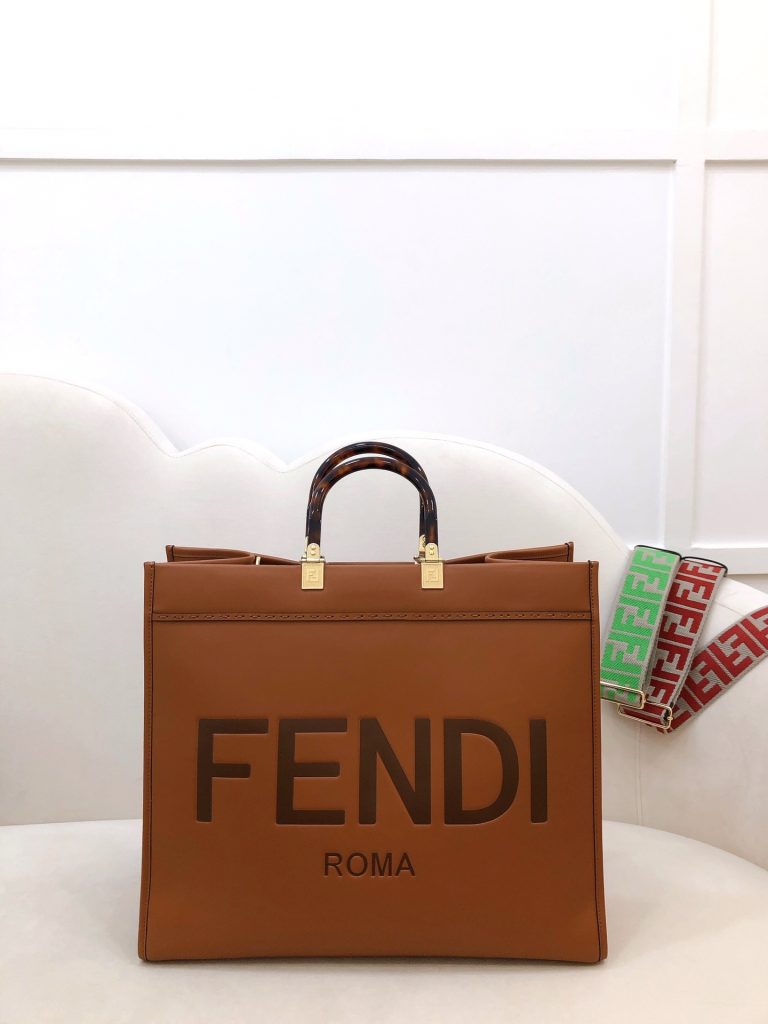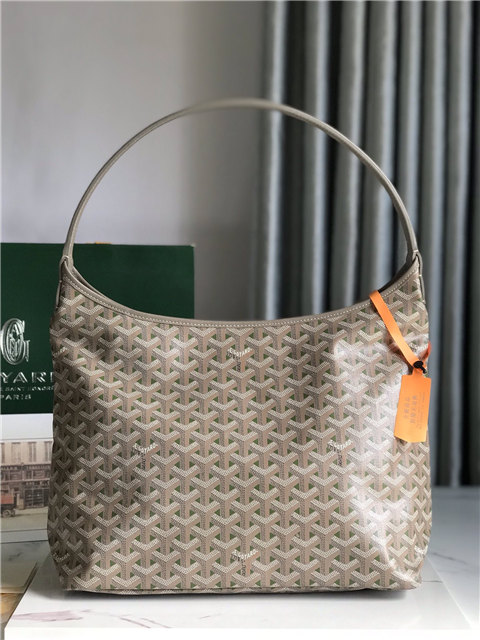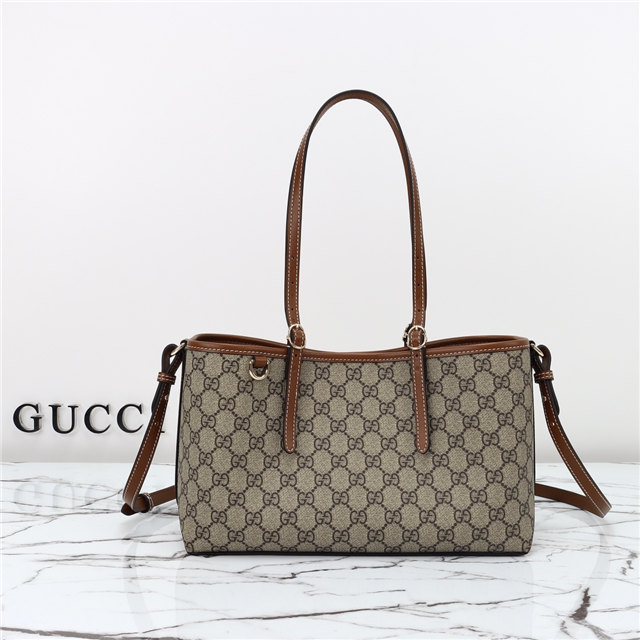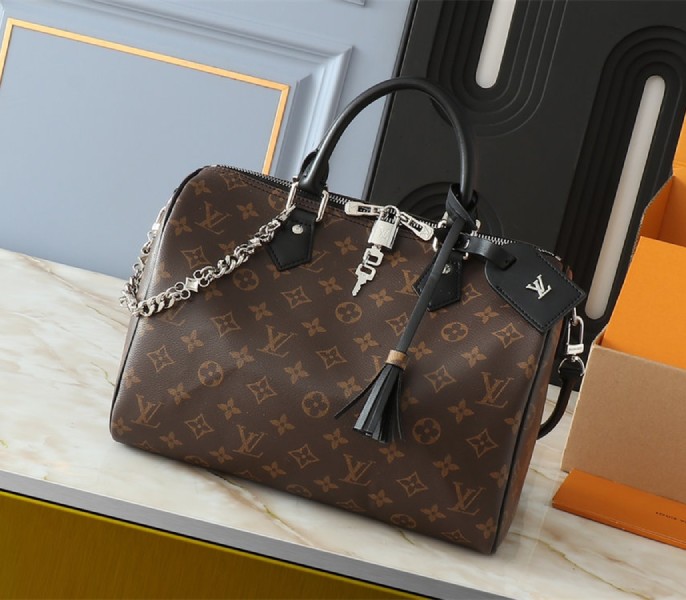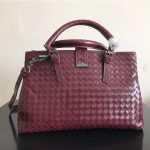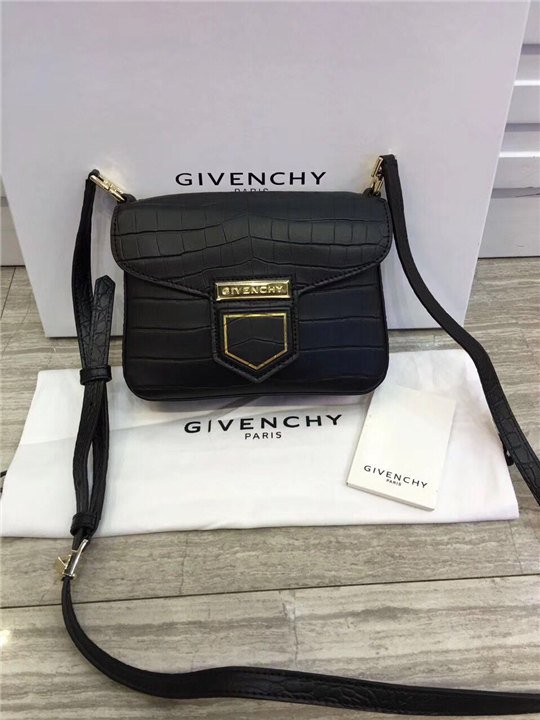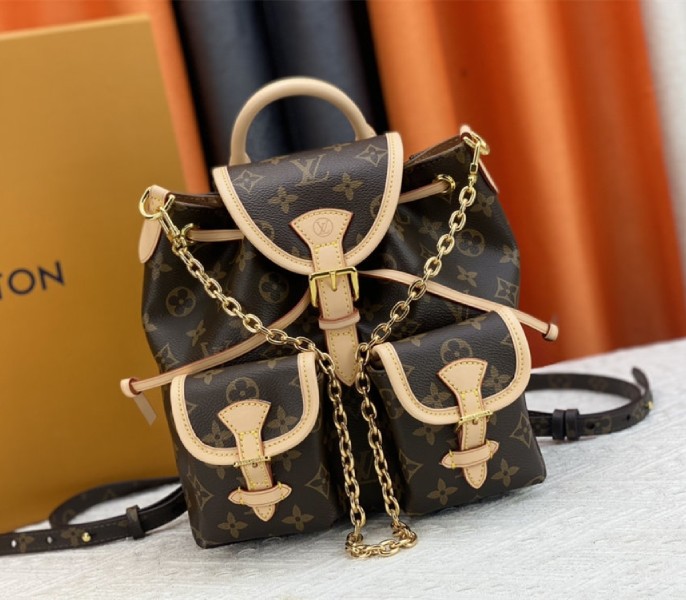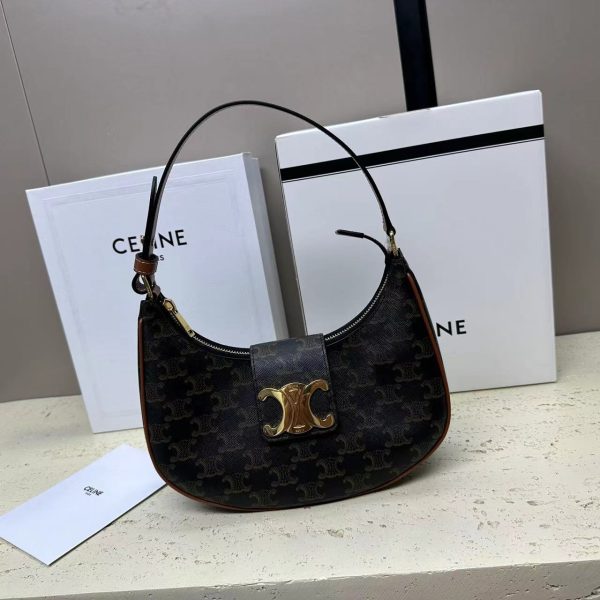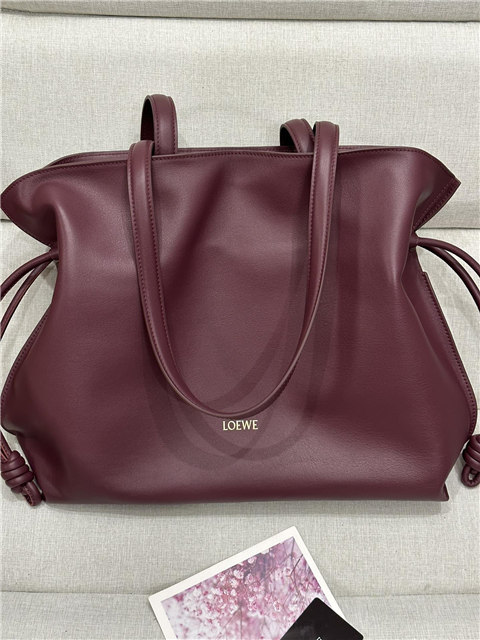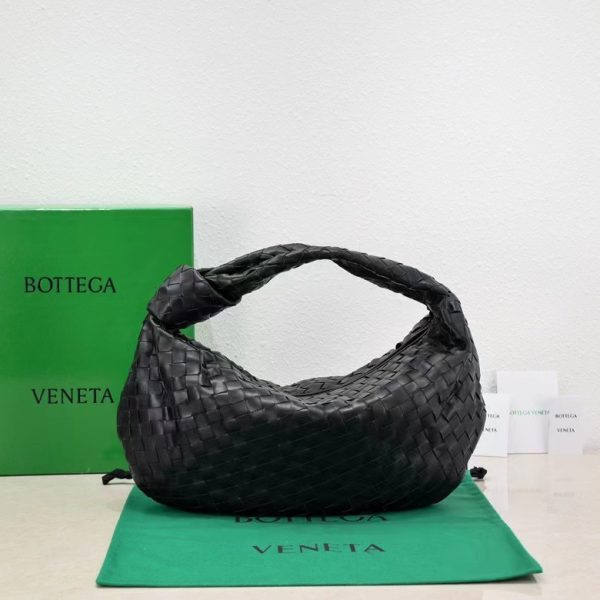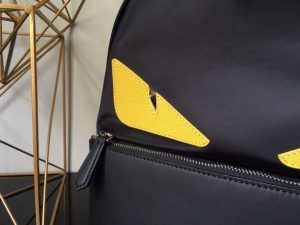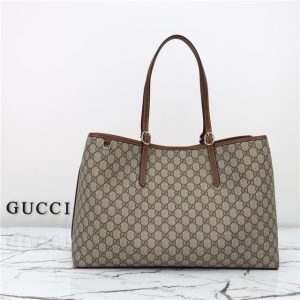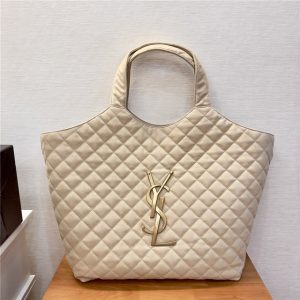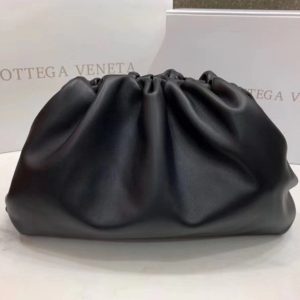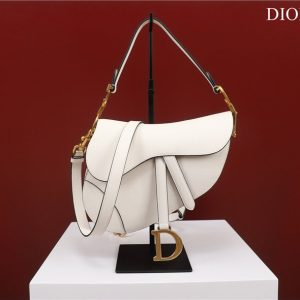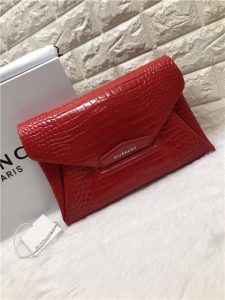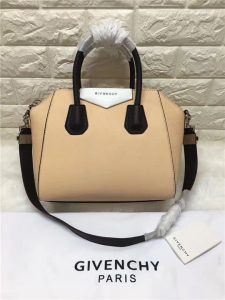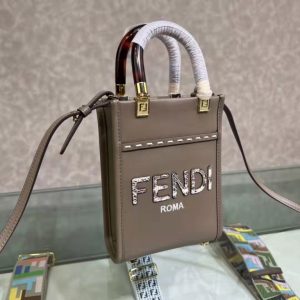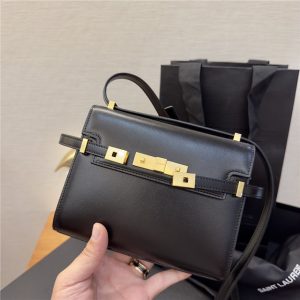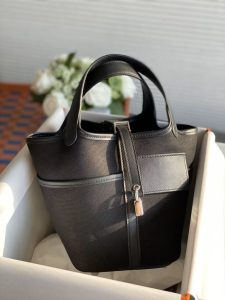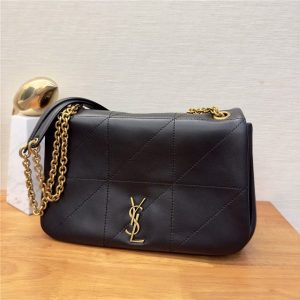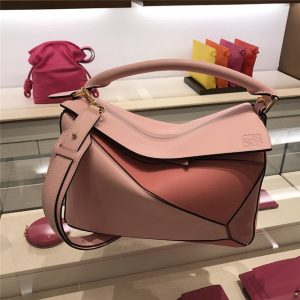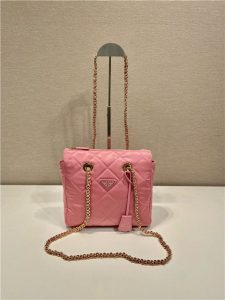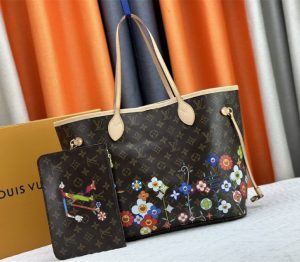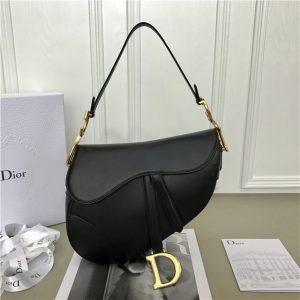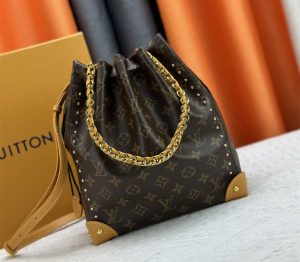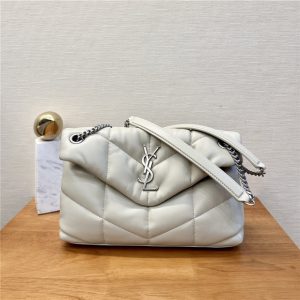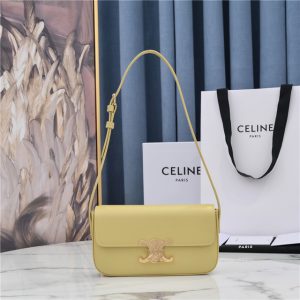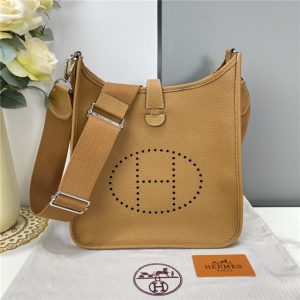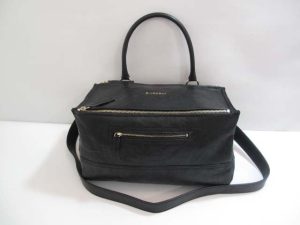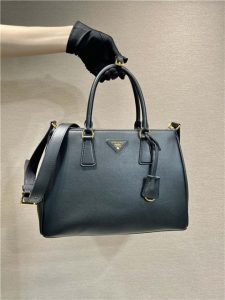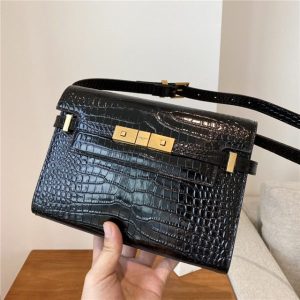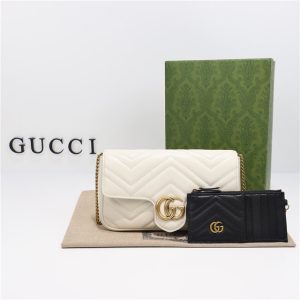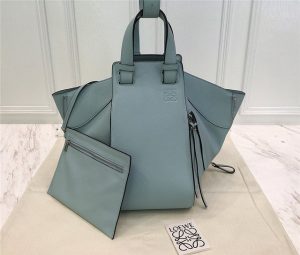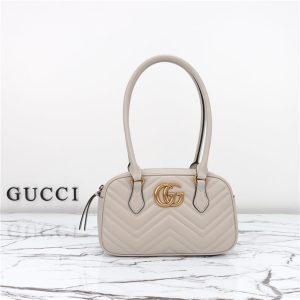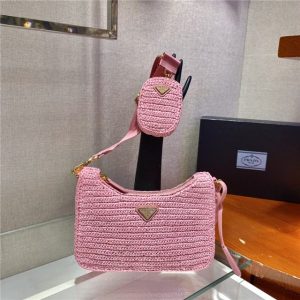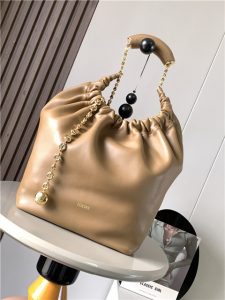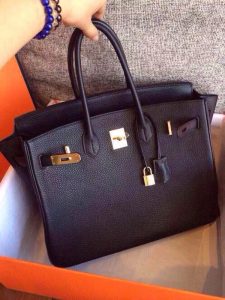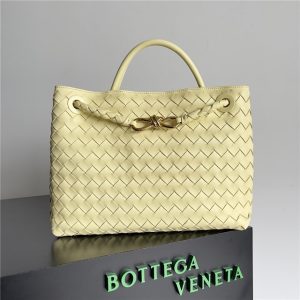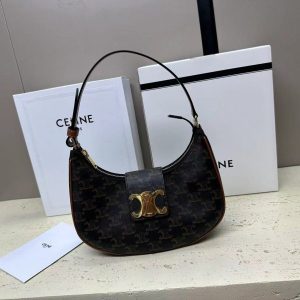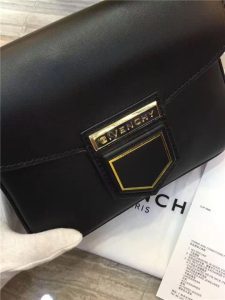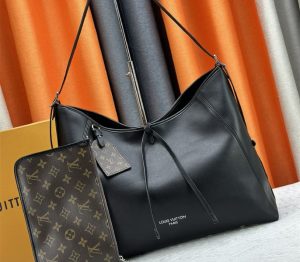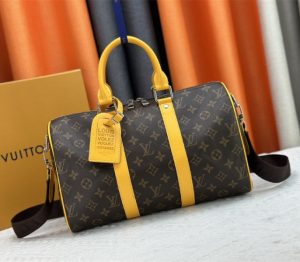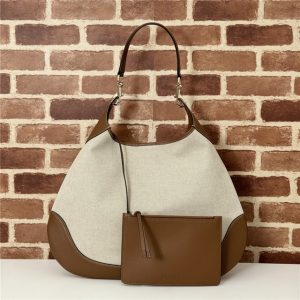First things first, let’s talk about those pesky laces. I saw someone mention the laces being glued at the bottom in a comment? Yeah, real Salomon laces are usually pretty slick, not glued together like some cheapo knock-off. That’s a red flag right there, mate.
Then there’s the whole “where’s the info located?” thing. Apparently, legit Salomons have their sizing and country of origin info inside the tongue, not on the side of the foot. Who knew, right? It’s those little details that give the game away. I mean, come on!
Stitching! Oh, the stitching. Check that inside stitching. Is it clean, tight, and even? Or does it look like a toddler went to town with a sewing machine? Sloppy stitching is a HUGE giveaway that you’re dealing with a faker. Seriously, a good brand won’t let that slide, you know?
And let’s not forget the smell test! This is a weird one, but apparently, legitimate Salomon shoes have a specific smell that’s different from the fake ones. I haven’t personally sniffed a fake shoe (yet!), but the rep from Salomon Indonesia says so! Who am I to argue? I’d say, if it smells like straight-up chemicals, that’s not a good sign.
Now, the outsole. The outsole pattern is a *big* one. Legit Salomons boast intricate and durable outsole patterns designed for grip and comfort. Fake ones? They’re usually just…well, rubbish. They might *look* similar at a glance, but trust me, you’ll feel the difference when you actually wear them. Plus, the fake soles tend to wear down way faster. What a waste of money!
Oh, and those QuickLaceTM things? The real ones have a little pocket to tuck them into, and the originals are higher quality than the fakes. And don’t forget to check the Ortholite insole too.
Listen, spotting fakes can be tough sometimes, they get better and better. I’ve seen some pretty convincing replicas out there. But keep an eye out for these things, and you’ll be a lot more likely to score the real deal.

